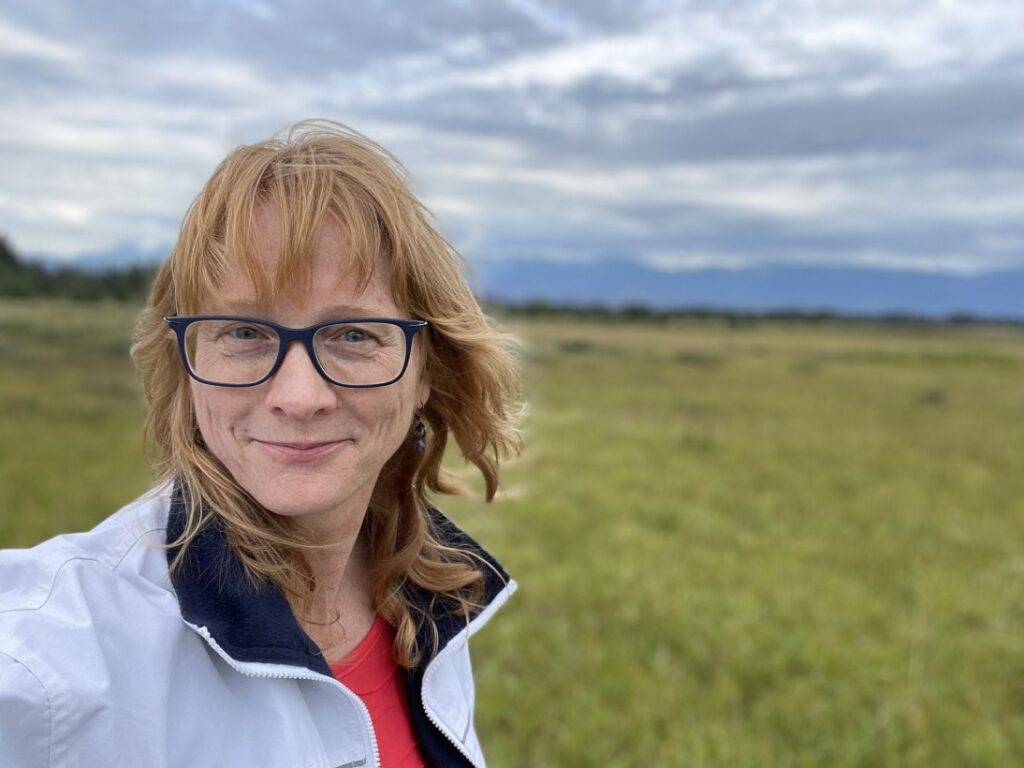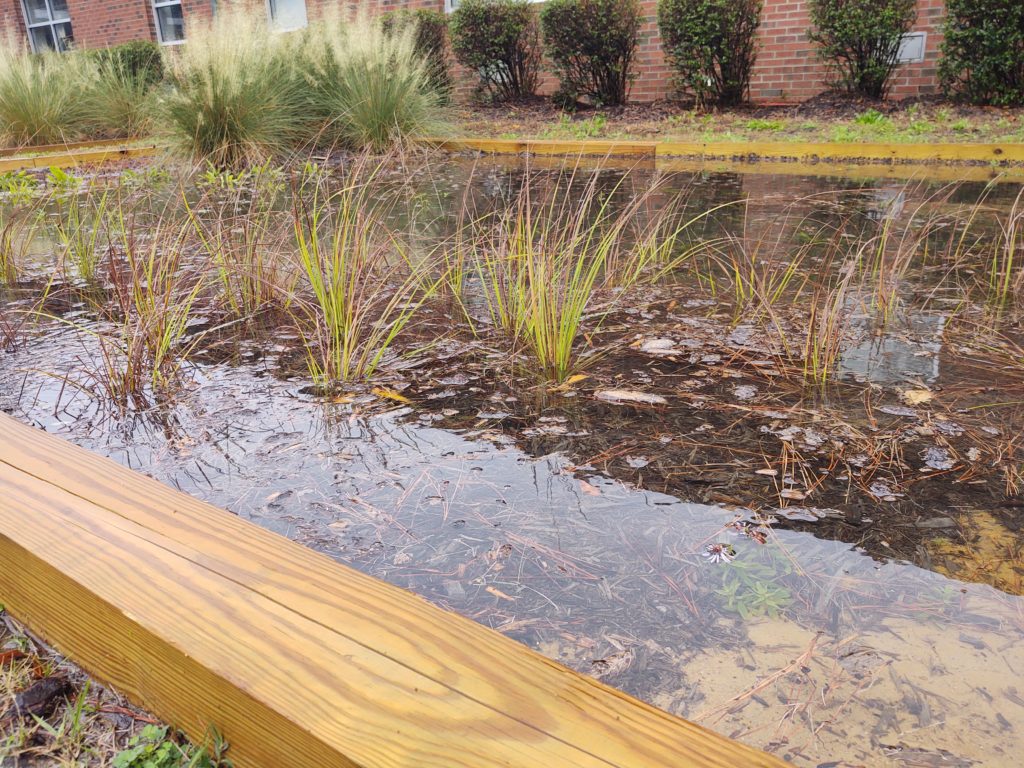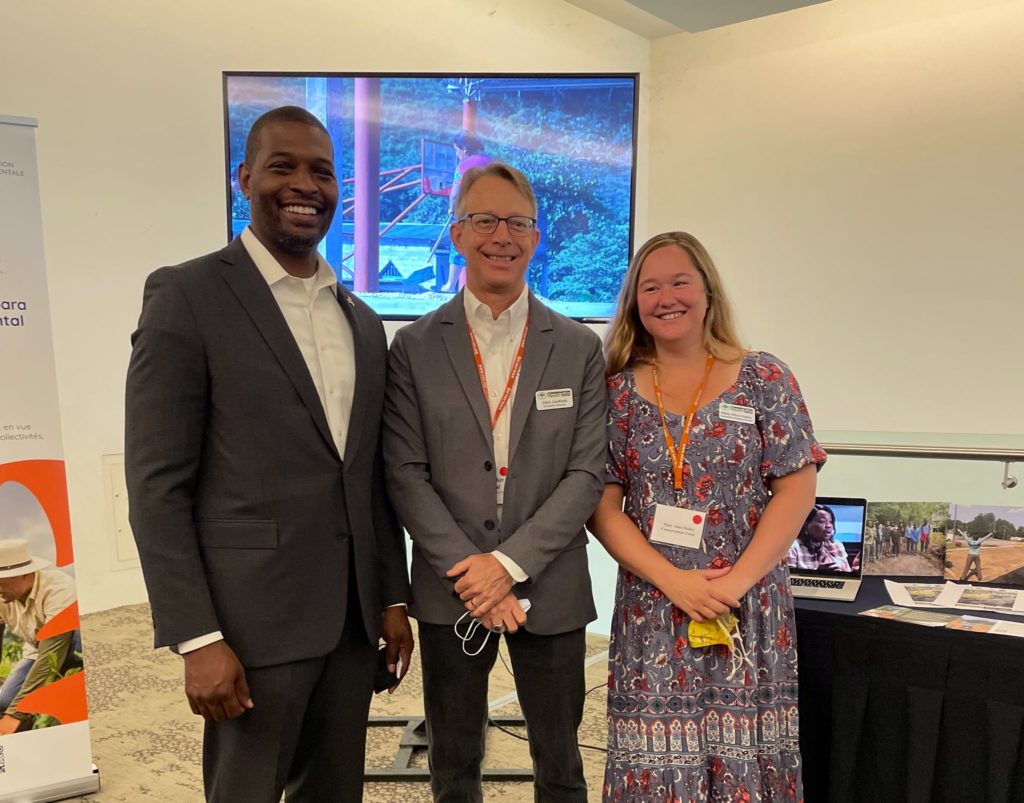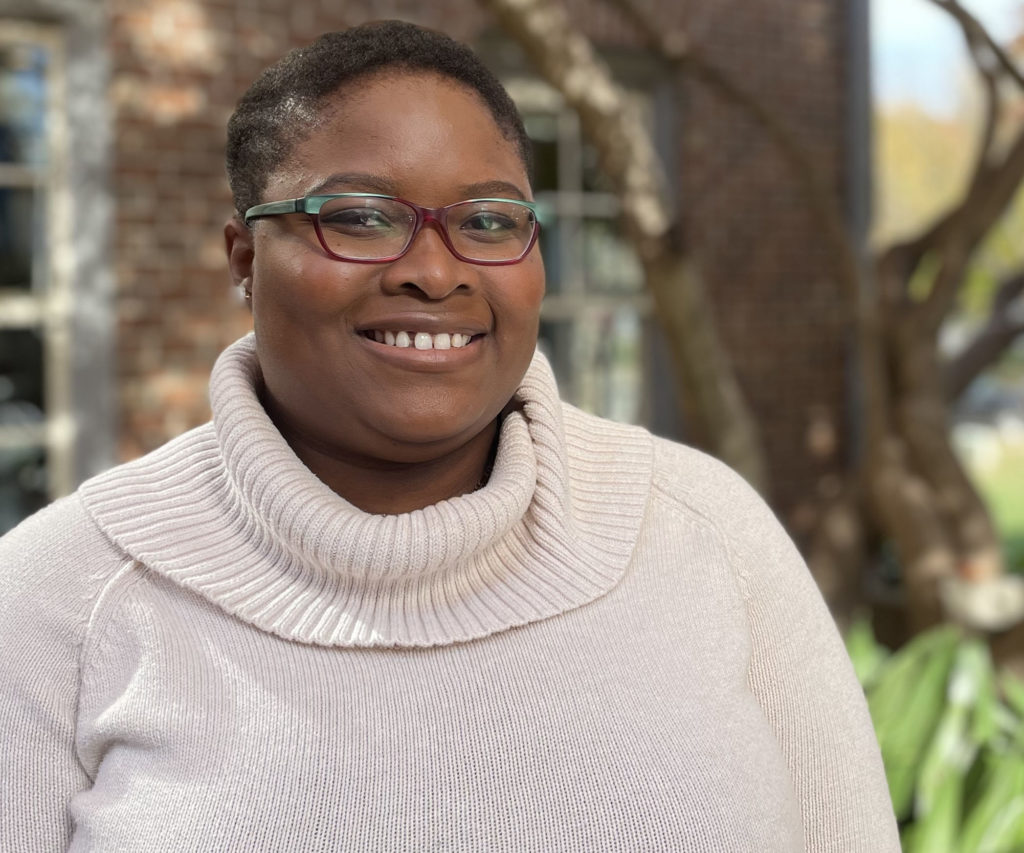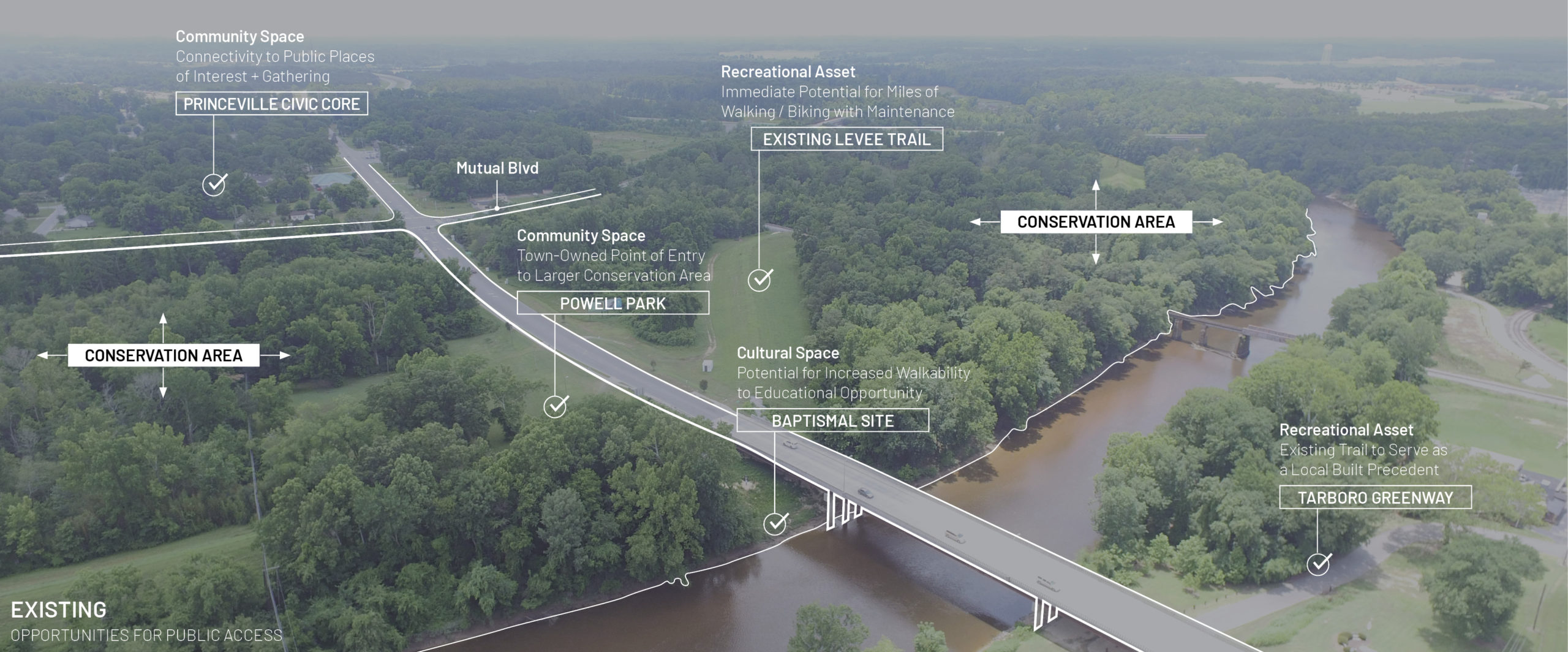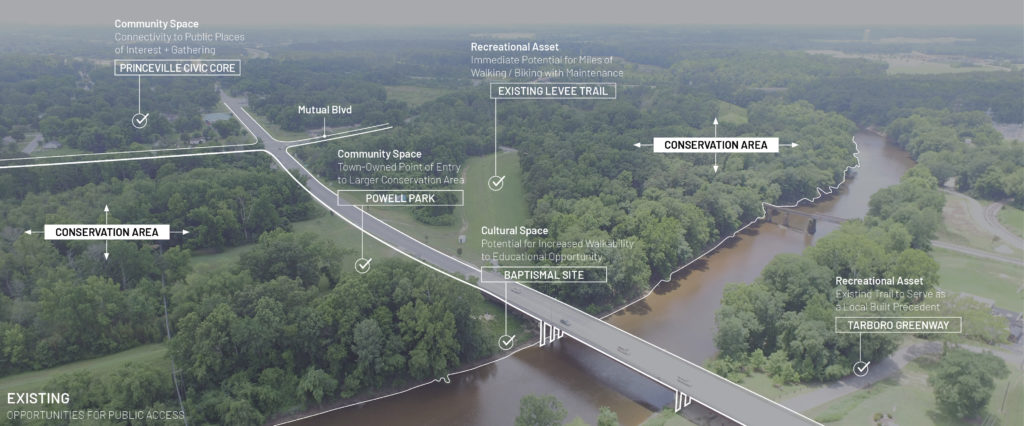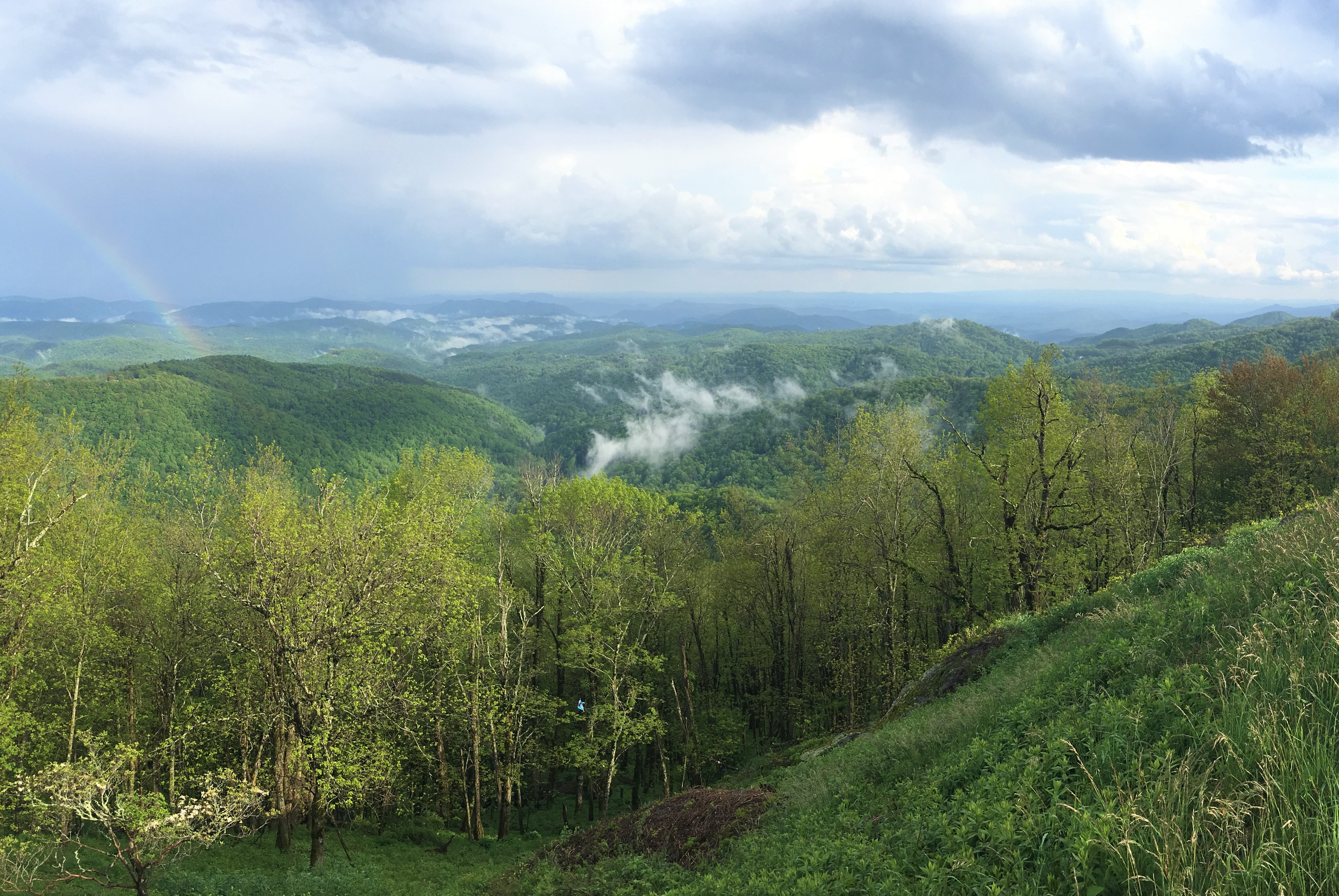Expanding statewide partnerships through collaborative resilience-focused service
Resilience Corps NC, CTNC’s AmeriCorps program, has recently welcomed its latest cohort of service members who will be serving with organizations throughout North Carolina. Members will focus on a variety of crucial areas including environmental education, land protection and stewardship, volunteerism, and climate and conservation outreach, all in the service of strengthening community resilience across the state. Their efforts will help boost the capabilities of each host site as they collaborate with local communities.
This year, Resilience Corps NC features 21 host sites and 24 members, including 6 members returning for a second year of service. The program has also grown to include 6 new host site organizations, broadening CTNC’s network of conservation and community partners. Our members are stationed across the state, from the mountains of Sylva to the coast of Wilmington.
Resilience Corps NC 2024-25
| Anyah Brown Town of Princeville | Colby Dukas Piedmont Triad Regional Council | Courtney Smith North Carolina Zoo | Eli Haines-Eitzen* Eno River Association |
| Fiona Thompson Boys and Girls Club of the Plateau | Floyd Pearsall North Carolina Coastal Land Trust | Gina Patton* Balsam Mountain Trust | Gracie Bartel Keep Charlotte Beautiful |
| Hayden Reed North Carolina Zoo | Jack Kagan North Carolina Foundation for Soil & Water Conservation | Jadon Hernandez North Carolina Zoo | Jessica Blackburn* Highlands-Cashiers Land Trust |
| John Sugg* Upper Coastal Plain COG | Josephine Schall Working Landscapes | Joshua Myrick Piedmont Environmental Alliance | Lauren Waibel* North Carolina Coastal Land Trust |
| Nicole Manalis Kerr Tar COG | Preference Evans A Better Chance A Better Community | Rae Cohn* The Hub Farm | Sarah Gelleny Green River Preserve |
| Savannah Lytle Cape Fear River Watch | Sierra Stickney Sound Rivers | Stacy Dominguez Coastal Carolina Riverwatch | Sterling McDonald Central Pines Regional Council |
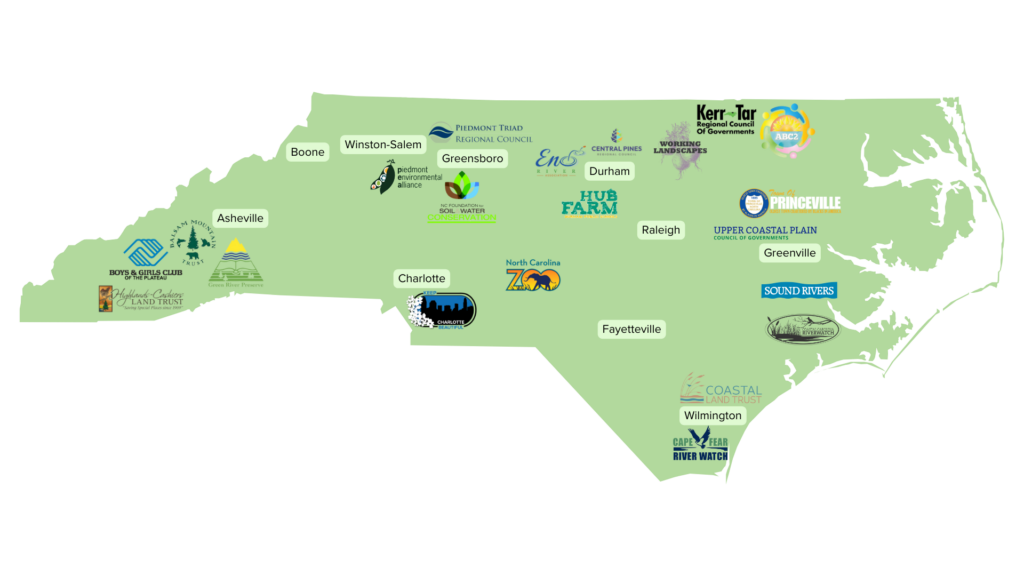
In addition to the satisfaction of knowing they are making a difference, members will receive educational benefits, professional development training, and networking opportunities throughout their term, equipping them for future careers in conservation and community leadership beyond their service term. These opportunities may include Environmental Education certification, attendance at conservation conferences, career development training, and more.
We’re proud to share that several host site organizations represented on the map above now employ Resilience Corps NC alums, who have made a lasting commitment to conservation, nature-based solutions to climate change, and community resilience, in part because of the strong footing they gained by going through the program.
We are thrilled to have 6 members returning for a second year of service with Resilience Corps NC
In the east, John Sugg will build on the successes he achieved with the Upper Coastal Plain Council of Governments across five counties last year, focusing on a variety of flood mitigation strategies. Lauren Waibel will also return to the coast to serve with our partners at North Carolina Coastal Land Trust, carrying out the important work of stewarding land and building capacity for community conservation.
In the Piedmont, Rae Cohn will return to serve as an Environmental Educator with the Durham Public Schools Hub Farm, helping shape the next generation of environmental stewards. Eli Haines-Eitzen will also continue serving as Education Program Coordinator with the Eno River Association, expanding their capacity to educate and inspire present and future conservationists.
And in the west, Gina Patton will support our partners at the Balsam Mountain Trust by conducting environmental education and community outreach. Finally, Jessica Blackburn will return to the mountains to serve with our partners at Highland-Cashiers Land Trust and continue educating the next generation about the flora, fauna, and culture of the Southern Appalachians.
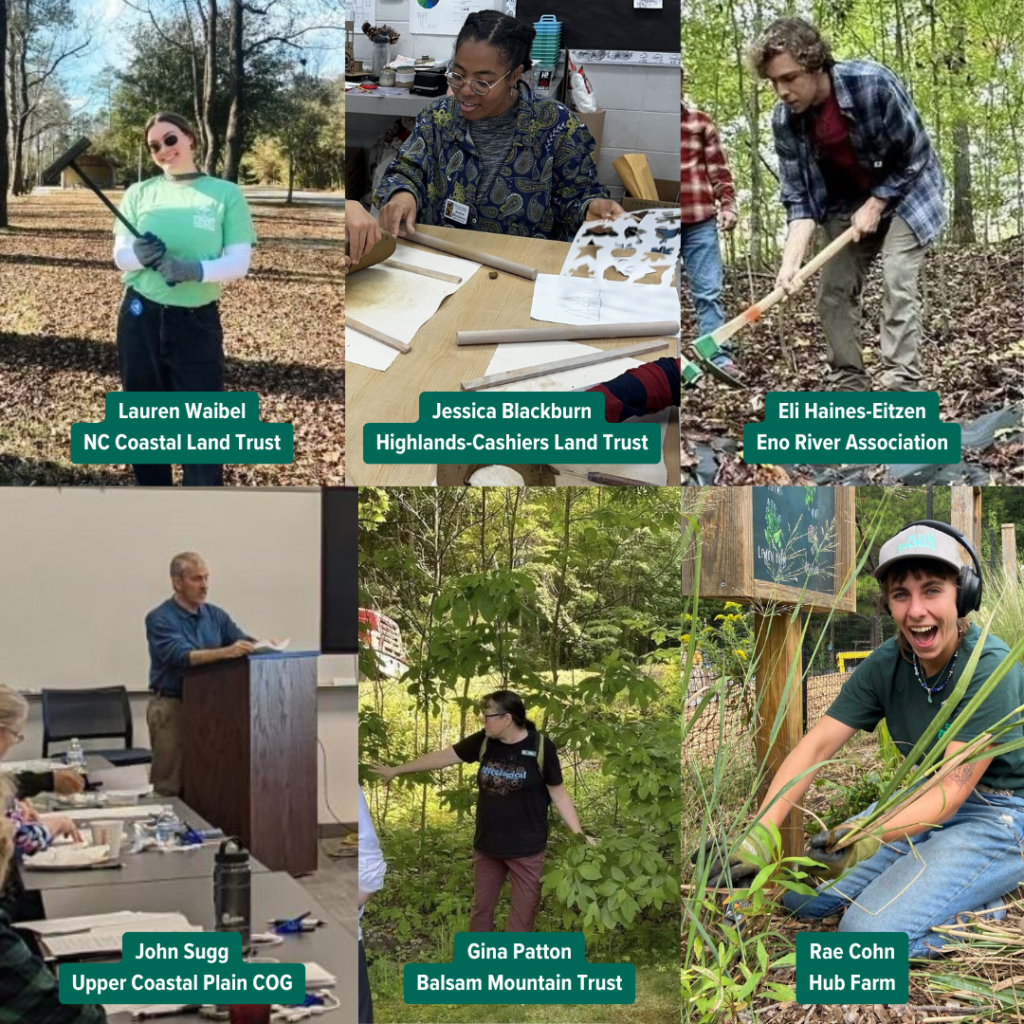
We are fortunate for the renewed commitment made by John, Lauren, Rae, Eli, Gina, and Jessica. Because they chose to return, they will provide continuity for the organizations they serve in, helping them sustain program efforts long-term and increase the depth of impact. Knowing our program now consists of 25% returning members allows us to create a stronger foundation for new members to thrive.
Knowledgeable peers are a vital part of ensuring that new members hit the ground running. This was apparent during cohort orientation when senior members spent hours sharing recommendations with new members, patiently listening to their questions, and planning ways to support each other throughout this term.
Looking ahead at a stronger cohort and stronger communities
This cohort will serve in rural, suburban, and urban areas. Many were born and raised in NC, while others chose to move from other states to serve here. Members representing this cohort span across the spectrums of age and education, our youngest members are in their 20s and our oldest are in their 60s, highlighting that there is no set timeline or pathway to participating in public service.
We look forward to sharing more about each member and their impact as the 2024-25 service term goes on. In the meantime, we are confident that the communities they serve will be better prepared to meet the challenges presented by our changing climate because of their efforts in community engagement, environmental education, and conservation stewardship. Stay tuned to share in their trials and triumphs.



